An old fisherman named Hai just brought his boat to the port and said that his boat left in the morning and returned after raking during the day. This season, the water is shallow, the mussels are thick on the sand, so each trip, 3-4 crew members can collect about 800kg to 1 ton. The mussels are put in 50kg sacks, brought ashore and added with ice, and then purchased by traders and shipped to the South.

"The boats rake in the river and put all the catch in sacks. We know that traders buy it to sell to lobster farmers and grind it into shrimp feed. They buy all the catch they can find," said an old fisherman named Hai.
Ms. Nguyen Thi Hoa - a seafood trader at Cua Hoi Port said: We also wait to buy mussels to sell at the markets. Mussels are small but have meat and sweet water, and can be bought to cook soup or porridge. Unfortunately, we want to buy them but they don't sell them because they send all the money to the South. We have to wait here, if there are mussels, we buy them."
Ms. Hoa, like the other women at the dock, waited for the ship to return with the thought "if we can't catch mussels, we'll wait for clams", because in the process of raking mussels, each ship's crew collected several dozen kilos of mussels, sometimes even shrimp to sell at the port, each kilo of mussels cost 80,000 VND, which also brought in a few million VND/ship. Each ship sailed during the day, not including expenses, earned from 5 - 10 million VND/ship after selling mussels. Each 50 kg sack of mussels was purchased by traders for 600,000 - 700,000 VND, the selling price of 1 kg of mussels was 10,000 - 12,000 VND.

Fishermen in coastal areas are very good at distinguishing between mussels and clams. Mussels are also mollusks like clams, but their shells are heavier, have more colors, and have prominent veins. Mussels are only as big as the tip of a thumb, while baby clams are larger, with smooth, shiny shells. The larger the clam, the darker brown or purple it is.


Clam is a gift from the sea during the dry season. Clam meat is sweet and fragrant, fishermen often harvest it to get its intestines to cook soup, porridge like harvesting mussels on the river. Now that there are traders buying in large quantities, the boats have been working hard to harvest. The peak season is about 1 week because the yield is not much, but this is premature harvesting, which can lead to a decline in coastal resources, although the trawlers have improved their nets to catch the small ones.
The carp is sometimes called the carp carp. If you find the thin-shelled, long-bodied type, it will have a higher economic value.
Source



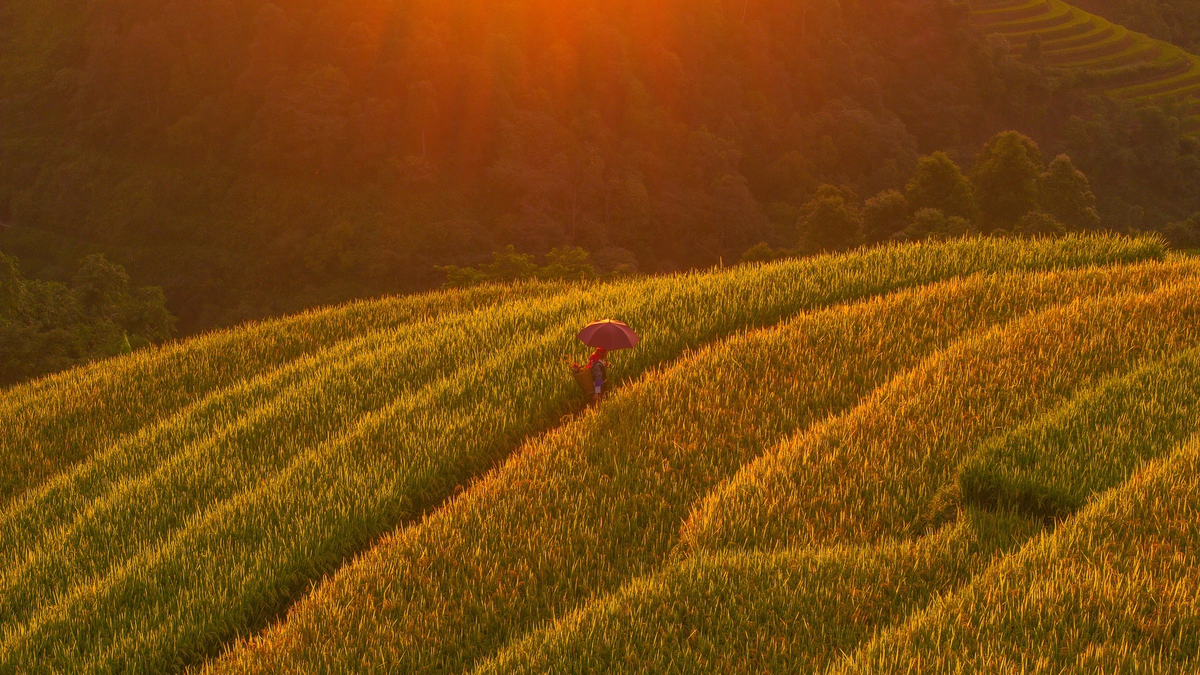

![[Photo] Prime Minister Pham Minh Chinh chaired a meeting of the Steering Committee on the arrangement of public service units under ministries, branches and localities.](https://vphoto.vietnam.vn/thumb/1200x675/vietnam/resource/IMAGE/2025/10/06/1759767137532_dsc-8743-jpg.webp)
![[Photo] Prime Minister Pham Minh Chinh chairs a meeting of the Government Standing Committee to remove obstacles for projects.](https://vphoto.vietnam.vn/thumb/1200x675/vietnam/resource/IMAGE/2025/10/06/1759768638313_dsc-9023-jpg.webp)

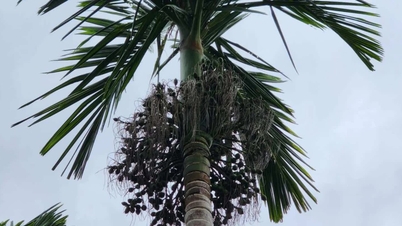

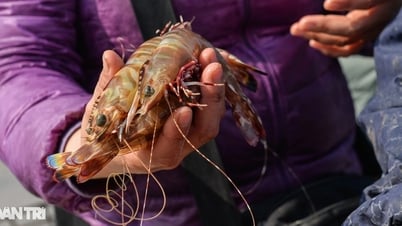



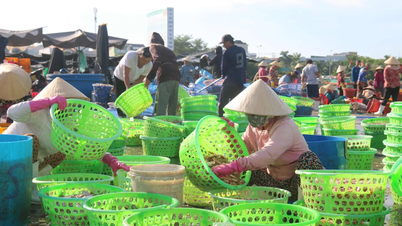



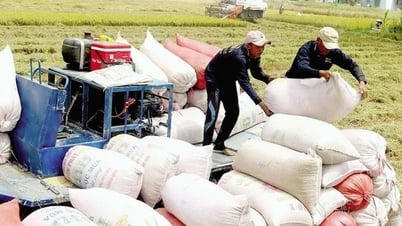





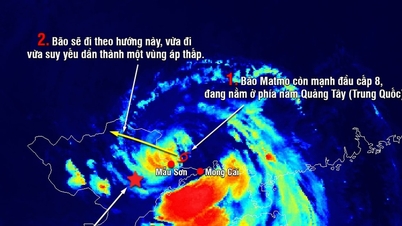
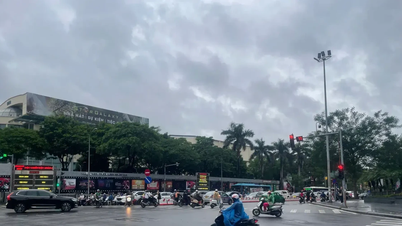


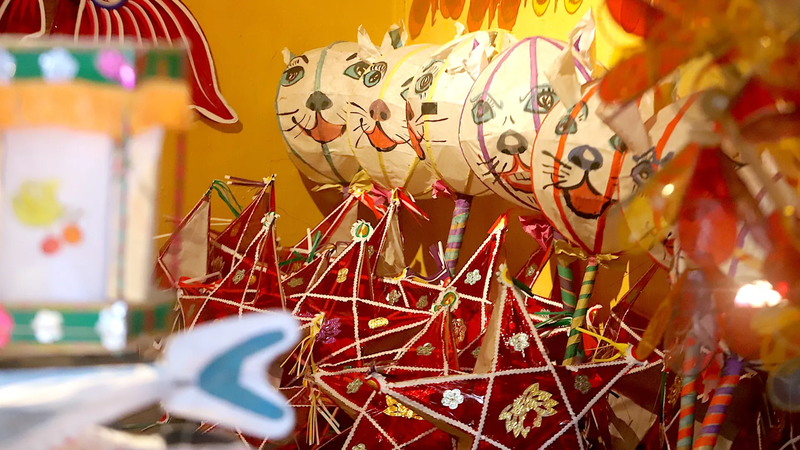
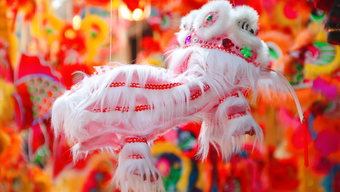






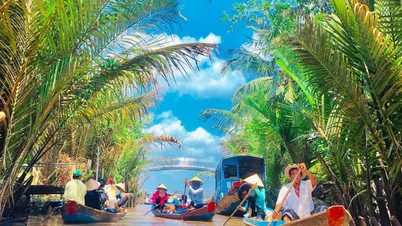







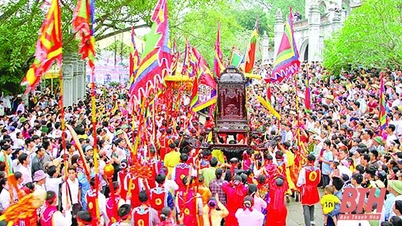

























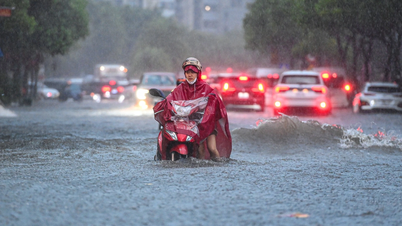


















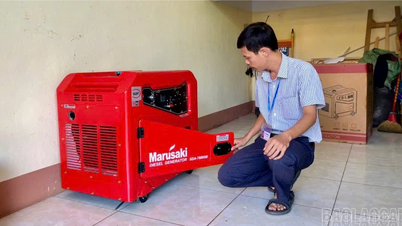












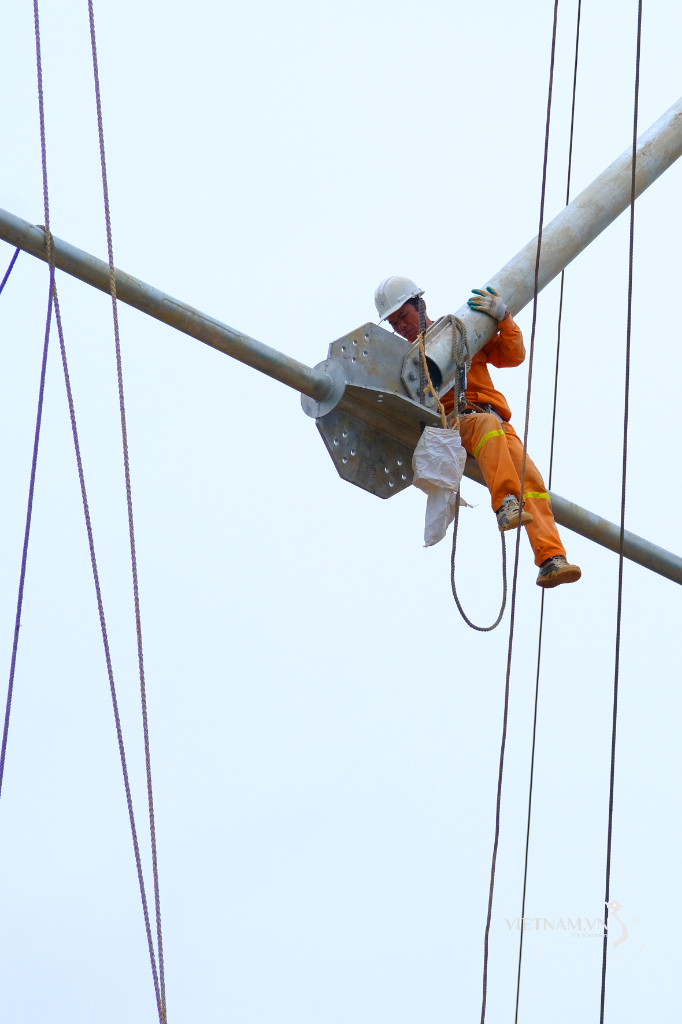

Comment (0)